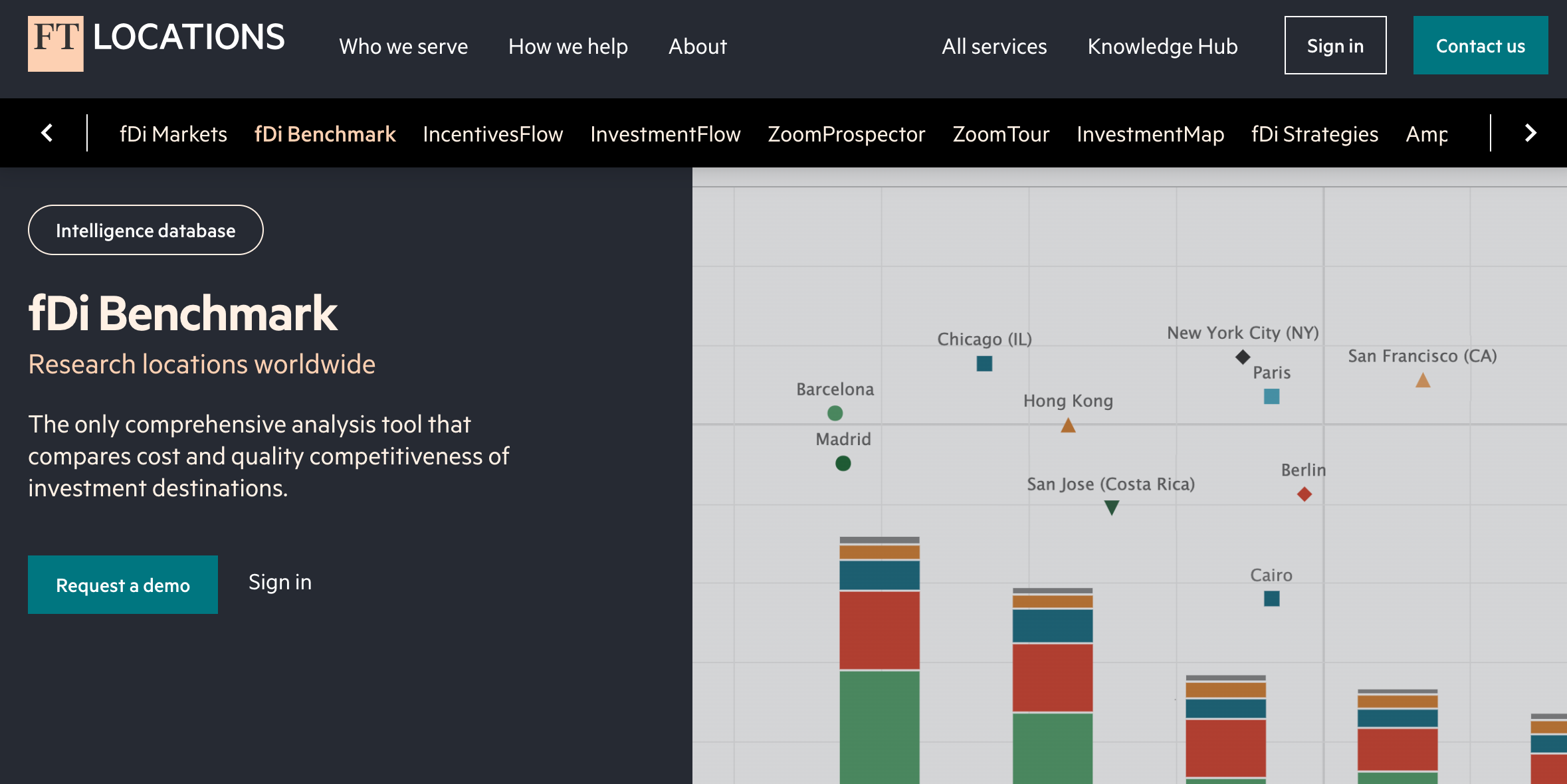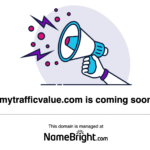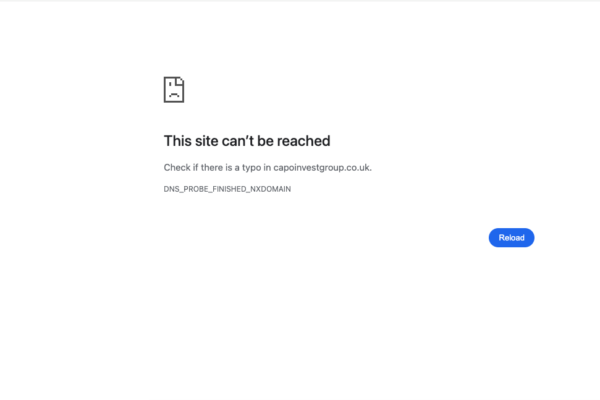MyTrafficValue.com Review:A scam platform
Introduction
The promise of making money online is alluring—ads, clicks, referrals, and “crowd‐investing” opportunity platforms all claim you can profit with minimal effort. MyTrafficValue.com is one such platform. It has operated for many years, presenting itself as a legitimate “crowd investing” and revenue sharing service, where users invest in a portfolio of internet assets—ads, games, traffic generation, etc.—and supposedly earn daily returns from those investments.
On the surface, its age, polished UI, and early payouts seduce hopeful investors. But beneath that veneer, there are many warning signs: user complaints, opaque ownership, shifting rules, and often, unexpected losses. Below is a close look at how MyTrafficValue allegedly operates, the kinds of red flags seen, how users report being harmed, and what to watch out for in platforms like this.
What MyTrafficValue Claims
To understand why people are drawn in, it’s important to outline what MyTrafficValue (often abbreviated “MTV”) promises its users:
-
You invest money into their “portfolio,” which the platform says builds and operates various revenue-generating properties (ad systems, traffic ventures, games, etc.).
-
A portion (in many claims, a large portion) of net revenues from those properties is then distributed back to investors daily.
-
MTV also has a system called a “fast track queue” that allegedly lets older or early investors be “fast-tracked” for payment so that they are removed from the queue to avoid diluting returns of newer investors.
-
The site argues that even without new deposits, its business should be able to fund returns via the businesses it builds.
-
They present dashboards, result cards, “site value” information, etc., to show how the portfolio is supposedly growing and how many active users/investors there are.
These claims are structured to portray non-dependency on recruitment or new money, and instead imply a genuine revenue basis. But many of the observations from users and analysts suggest a different story.
Key Red Flags
Many elements raise serious doubts about MyTrafficValue’s legitimacy. Below are critical warning signs derived from multiple analyses and user reports.
1. Anonymous or Hidden Ownership & Poor Transparency
-
The site uses privacy protection for its domain registration, concealing exactly who owns it.
-
Leadership, financials, and regulatory or legal registration details are vague or missing.
-
When controversies arise, past owners or administrators are referenced (by users) with allegations of prior involvement in questionable investment schemes.
This kind of secrecy makes accountability difficult and often indicates attempts to avoid scrutiny.
2. Dependence on New Investments & Growing Complaints of Non-Payments
-
Many user reports indicate that initial small payouts were made (building trust), but as soon as a user tried to withdraw larger profits, delays, refusals, or forced “conversions” (moving funds into shares or other internal instruments that are hard to liquidate) began.
-
Some describe “debt swap” requests: the platform allegedly asks users to convert their cash balances into “shares” or other internal claims, which may not have clear terms or reliable value.
These patterns are common in schemes where new investment is needed to pay earlier investors; once cash flow is insufficient, the system stops honoring the promises.
3. Frequent Changes to Terms and Withdrawal Conditions
-
Users report rules changing: thresholds for withdrawals, fees, “fast track” rules, what counts as returnable profit vs. share claims, etc.
-
Sometimes the platform seems to reclassify user balances or earnings in ways that make it difficult for users to cash out.
These shifting terms trap users because what was promised up front is altered later—especially when money is involved.
4. Low Trust Scores in Multiple Analyses
-
Some site-rating and scam-detector services assign MyTrafficValue very low safety or trust scores, citing high risk, blacklisting, or user complaints.
-
Others give a somewhat higher rating based on domain age or SSL validity, but note that those positives are outweighed by negative indicators.
Mixed ratings like this are typical for sites that show signs of viability (due to age or early small payouts), yet have structural issues that raise serious risk.
5. User Reviews: Reported Losses, Delays, and Silence
-
Many users in forums, review sites, and comment threads report being unable to withdraw funds or having withdrawals “pending” indefinitely.
-
Some claim that support is responsive in early stages or for small amounts, but later becomes unresponsive or gives generic replies once amounts grow.
-
Others say their so-called investment value (or “share value”) is forced into internal “shares” or “warnings” that reduce liquidity.
These accounts commonly describe trajectories: early trust, then obstacles, then silence or loss.
6. The “Fast Track Queue” / “Portfolio Share” Mechanics
-
MyTrafficValue uses a fast-track queue concept: certain users are “fast-tracked” for payment based on how early they invested or based on some internal queue ordering.
-
Also, they have “portfolio share” or “site share” mechanisms, where parts of the user’s funds become “shares” in projects rather than cash-withdrawable balances.
-
Critics say those shares often have vague rights, restrictions, or may never translate into real money extractable by the user.
Mechanics like this can be used to justify delaying or refusing withdrawal for many users, especially those newer or with larger amounts.
How the Alleged Scam Operation Likely Worked
Based on the red flags and patterns in reports, here is a plausible reconstruction of MyTrafficValue’s operational model:
-
Marketing & Initial Onboarding
Advertisements or word-of-mouth attract users with promises of daily returns, easy investing, revenue-sharing models. The site shows dashboards, “result cards,” and pays very small withdrawals to early users to build confidence. -
Referral or Recruitment Incentives
Users may be encouraged to refer others. Some rewards or bonuses are tied to bringing in new investment, which helps fund obligations to earlier users. -
Requirement to Reinvest or Move into “Shares”
As users try to withdraw, platform may pressure them to reinvest or convert profits into shares or “site value” investments. Those may supposedly generate returns later, but often with limited transparency. -
Delaying Withdrawals / Changing Rules
Withdrawal requests are delayed via “pending” status, “fast track queue,” or other internal lineups. Rules change: thresholds raised, internal “fees” introduced, or “revenue share” definitions tweaked. -
Decline & User Disillusionment
Over time, as more users try to withdraw larger sums, the platform’s payouts reduce or stop. Support communication shrinks. Many users are stuck with unwithdrawable balances. -
Possibility of Shutdown or Rebranding
Some users report that parts of the website become unreachable or features are disabled. In other similar cases, platform operators eventually shift ownership, domain, or name, or reorient the business model.
Supporting Evidence from Reviews and Community
Many former or current users have shared experiences consistent with the pattern above:
-
A user says at first things looked good: small returns paid, investor forums active, dashboards showing growing portfolio value. Later, withdrawals didn’t clear, or required extra verification or conversion into share-based instruments that couldn’t be cashed out.
-
Others claim long “pending” period for withdrawals; support messages that go unanswered or give vague promises.
-
Some highlight that earlier administrators (sometimes identified by users) were accused of misusing funds or operating other similar schemes under different names.
-
Reviewers often caution that even though the platform has been around for many years (which would normally enhance credibility), its past history is riddled with complaints, changing terms, and repeated behavior of delayed payments.
Counterarguments & What Supporters Say
To be fair, there are claims and arguments in favor of MyTrafficValue from some users or commentators. These include:
-
People who state they have been paid (especially small amounts) and regard the platform as “working slowly but steady.”
-
Comments that perhaps past owners or administrators mismanaged funds, but that newer ownership is improving transparency.
-
Assertions that many negative reviews come from users with unrealistic expectations (expecting very high profit too quickly).
However, the supportive testimonials often come with caveats, do not provide documented large withdrawals, or relate to small returns. They do not counteract the volume of complaints regarding inability to extract larger earnings or encountering changing, restrictive rules.
Why the Age and SSL Don’t Cure the Risks
Some positive-sounding attributes help MyTrafficValue’s image:
-
The domain is relatively old (registered for many years), which often builds trust.
-
SSL / HTTPS security is present, so basic data transfer encryption exists.
But these are easily obtained by almost any website, including fraudulent ones. Age of domain does not guarantee safe operation, especially if ownership changes or if the business model is flawed. SSL merely ensures secure communication—it does not verify the integrity of promises or financial operations.
Because many risky platforms invest effort into making the site look professional, using old domains, fancy dashboards, valid certificates, etc., they can fool casual users. The true test lies in withdrawal reliability, transparency of financial flow, stability of rules, and clarity of ownership.
Risks for Potential & Current Investors
Based on the reported behaviors, here are the main risks someone dealing with MyTrafficValue might face:
-
Money invested may not be withdrawn (or only small amounts).
-
Earnings shown on dashboards might be illusory or hard to convert into usable funds.
-
Withdrawal rules or thresholds may change unfavorably after investment.
-
Support may become unresponsive, or communication becomes vague when money is involved.
-
Funds may be required to be converted into less liquid or less clear forms (“shares,” “site value,” “future earnings”) that reduce freedom to withdraw.
-
The platform may be sold, rebranded, or shut down, leaving many users holding unredeemable balances.
Comparative View: How MyTrafficValue Compares to Legitimate Platforms
| Feature | Legitimate Revenue-Sharing / Investment Platform | MyTrafficValue’s Alleged Practice |
|---|---|---|
| Clear ownership, legal registration, audited or publicly verifiable financials | Owner identity is hidden; limited verifiable documentation; no known audits | |
| Transparent rules that do not change after investment | Terms frequently revised; withdrawal conditions or profit structures change | |
| Real business revenue sources; operations audited or verifiable | Platform claims ad systems, traffic ventures, etc., but external verification lacking; earnings likely heavily reliant on new investment | |
| Reliable withdrawals, especially of larger sums | Many reports of small payouts but inability to cash out larger amounts; forced conversions or “pending” delays | |
| Consistent customer support with valid responses | Support responsive early; less so when payments or larger sums are involved |
Overall Assessment
Putting together all information—the user reports, risk scores from multiple websites, the complexity of internal share mechanisms, the history of similar sites under related ownership, the recurring theme of shifting withdrawal rules—the evidence suggests MyTrafficValue.com exhibits many traits of a high-risk or likely scam platform rather than a safely operating revenue sharing or investment site.
While some users report getting paid small amounts, that alone does not validate the platform’s model, especially when many others report being unable to access larger investments, or being stalled, or being asked to convert funds into less desirable or less liquid forms.
Conclusion
MyTrafficValue.com is a platform that markets itself as a crowd-invested, revenue-sharing business where users earn from portfolio streams of traffic, ads, games, etc. On paper, the idea appeals. In practice, though, there is considerable risk and many warning signs: hidden ownership, changing terms, users stuck with unwithdrawable balances, and dependence on new investment.
For anyone considering using this kind of platform, extreme caution is warranted. It is far easier to lose funds than to earn promised returns when dealing with investment models that include internal “shares,” “fast track queues,” or reliance on constant new deposits.
-
Report MyTrafficValue.com and Recover Your Funds
If you have fallen victim to MyTrafficValue.com and lost money, it is crucial to take immediate action. We recommend Report the scam to BOREOAKLTD.COM , a reputable platform dedicated to assisting victims in recovering their stolen funds. The sooner you act, the greater your chances of reclaiming your money and holding these fraudsters accountable.
Scam brokers like MyTrafficValue.com persistently target unsuspecting investors. To safeguard yourself and others from financial fraud, stay informed, avoid unregulated platforms, and report scams to protect. Your vigilance can make a difference in the fight against financial deception.





